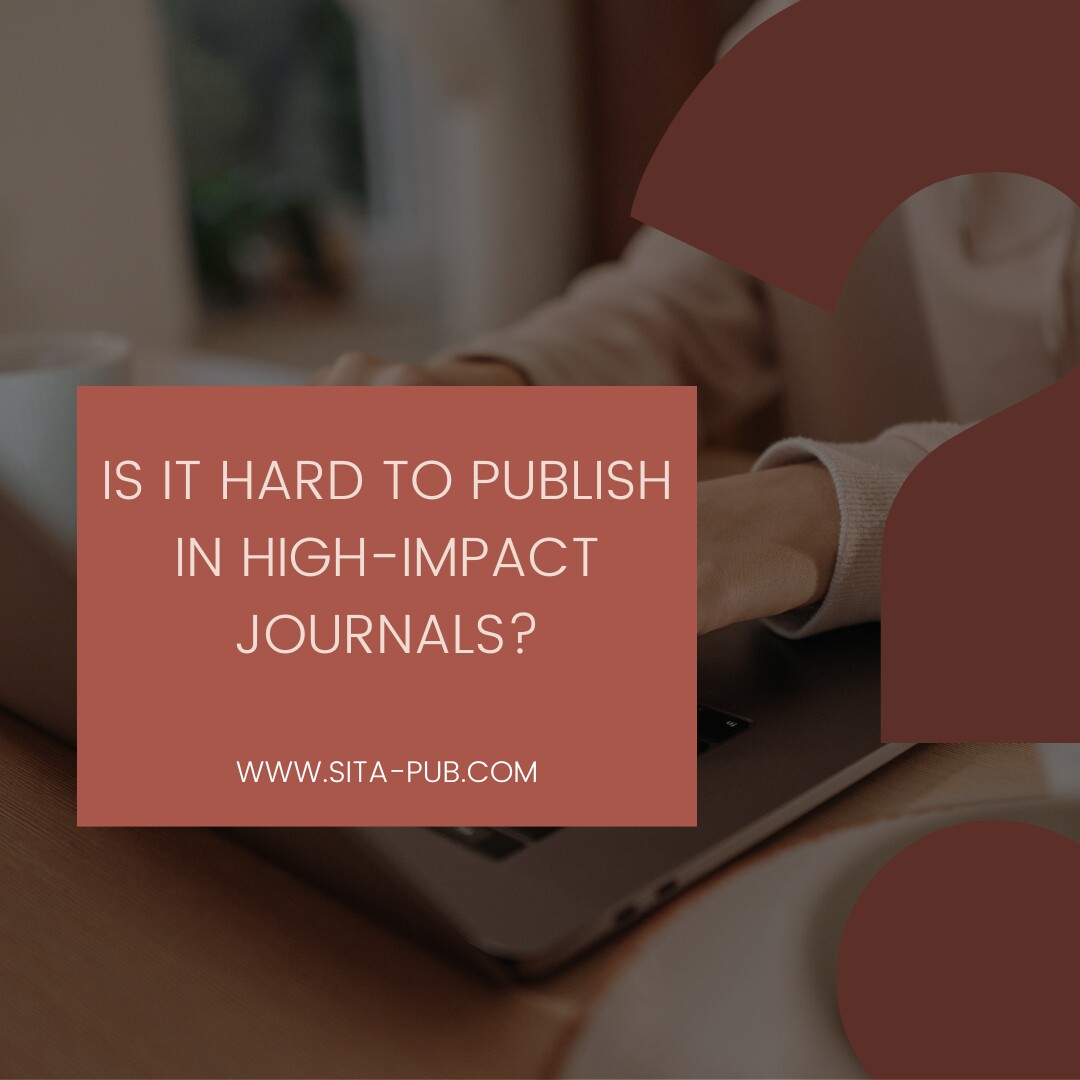Is It Hard to Publish in High-Impact Journals?


Publishing in high-impact journals is a goal for many researchers. These journals have strict standards and high impact factors, making them very selective in what they publish. Getting your scientific paper accepted can be challenging, but with the right approach, it's achievable. Here’s a guide to help you understand the process and improve your chances of getting published.
High-impact research refers to studies that bring new insights or solve important problems in a field. If you want your work to be accepted in high-impact journals, your research should:
Be original and offer new findings.
Show robust research, with strong methods and accurate data.
Have a big influence on your area of study.

The impact factor is a number that shows how many times papers from a journal are cited by other researchers. Journals with a high impact factor publish research that is frequently referenced in other studies. When choosing where to submit your paper, look at the impact factor, but also ensure the journal’s focus matches your research topic.
To meet the expectations of top-tier journals, your manuscript must be written in a professional and clear manner. Here are some key elements to focus on:
Your paper must be written in clear, professional English. Even if you are not a native English speaker, your writing should be easy to understand. This means:
Using simple, precise language to explain your research.
Avoiding unnecessary jargon or overly complex sentences.
Ensuring your grammar and spelling are correct.
Many researchers use professional editing services to improve the quality of their writing. This can help your paper meet the high standards required by these journals.
Scientific storytelling is about presenting your research in a clear and logical way. Your paper should flow like a story, making it easy for readers to follow your work:
Introduction: State the problem and explain why it matters.
Methods: Describe how the research was conducted.
Results: Show the findings of your study.
Discussion: Explain the significance of the results and how they impact the field.
A well-structured story will make your paper more engaging and easier to understand for editors and reviewers.
Figures are crucial in scientific papers because they summarize complex information in a visual way. To increase your chances of acceptance, make sure your figures are:
Clear and easy to interpret.
Accurately representing the data.
Supporting the main points of your research.
High-quality figures can significantly improve the clarity and impact of your paper.
Each high-impact journal has specific formatting requirements that you must follow strictly. Not following these guidelines can result in your paper being rejected without review. Common formatting rules include:
Word limits: Many journals have strict word limits for the abstract and the full paper. Be sure to follow these limits.
Structure: Use the journal’s required structure, which usually includes sections like Introduction, Methods, Results, and Discussion.
References: Use the proper citation style (such as APA or Vancouver) and ensure your references are formatted correctly.
Figures and tables: Ensure that your figures and tables meet the journal’s quality standards, including image resolution and file format (e.g., TIFF or PNG).
File type: Journals often require manuscripts to be submitted in specific file formats, such as Word or LaTeX.
Carefully reviewing and following the journal’s submission guidelines can help avoid delays or rejection.

A well-written cover letter is important when submitting your paper. This letter introduces your work to the journal editor and explains why it should be published. In your cover letter:
Summarize the key points of your research.
Explain why your work is new and important.
Describe why your paper fits the focus of the journal.
A clear, professional cover letter can make a strong first impression and increase the chances of your paper being considered for peer review.
After you submit your paper, it will be reviewed by experts in your field through the peer review process. High-impact journals often have strict review standards, and reviewers may request changes. If you receive comments from the reviewers:
Address each point carefully and make the necessary revisions.
Respond respectfully to all feedback, even if you disagree with some suggestions.
Use this opportunity to improve your paper.
Many papers go through several rounds of revisions before being accepted by high-impact journals, so be prepared for this process.

Publishing in high-impact journals can be challenging, but it is possible with the right approach. Focus on clear writing, follow journal formatting requirements, and submit strong scientific research. While rejection is common, persistence, careful planning, and attention to detail can help you succeed in publishing your research in respected journals.
Do you want to publish your paper in high-impact journals?

Contact SITA Academy today! We provide expert help with manuscript formatting and submission to boost your chances of success. Let us help you share your research with the world!
If you have any questions, inquiries, or would like to learn more about our services, please don't hesitate to reach out to us. Our dedicated team is ready to assist you.